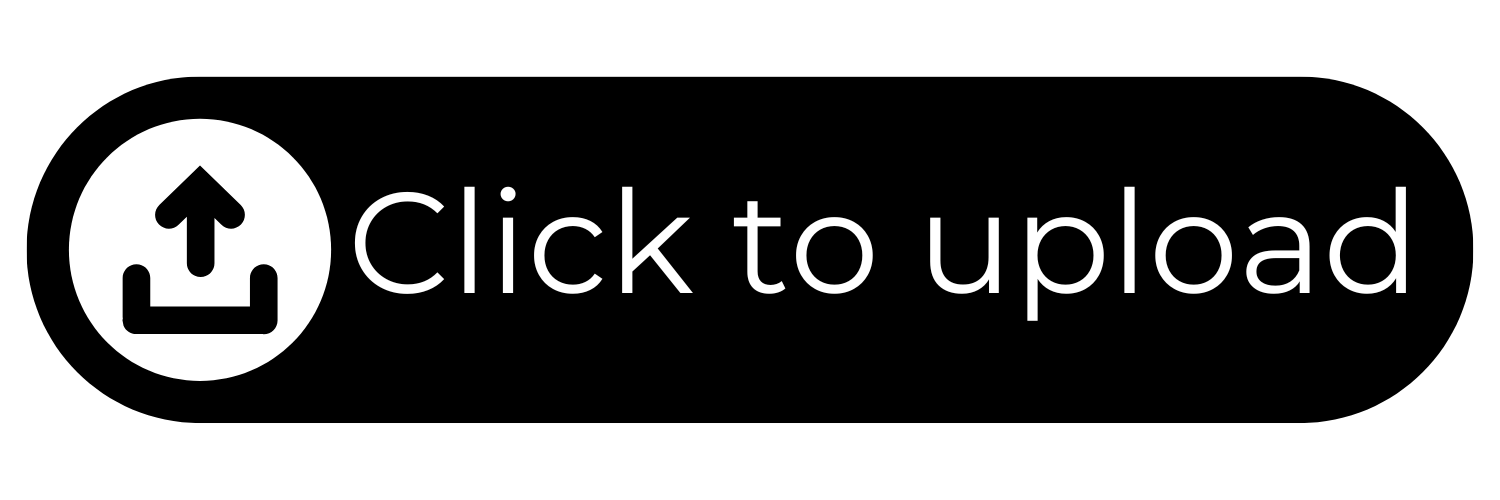How to Write the Best CV: A Practical Guide to Stand Out
January 12, 2024
Your CV (Curriculum Vitae) is more than just a list of past jobs — it’s your personal marketing document. Whether you're stepping into the job market for the first time or aiming for a senior role, knowing how to write a strong, tailored CV is crucial. In this guide, we’ll walk you through actionable steps to craft a CV that gets noticed and gets results.
1. Tailor Your CV to Each Job
One-size-fits-all doesn’t work for CVs. Every job description has keywords and priorities — your CV should reflect those.
Tips:
- Use the same terminology as the job ad (e.g., "project management," "stakeholder engagement").
- Highlight experience that directly matches the role.
- Include relevant tools, certifications, and skills.
2. Start Strong with a Compelling Summary
Your personal statement or summary at the top of your CV should quickly communicate who you are and what you bring to the table.
Example:
"Results-driven IT Project Manager with 10+ years of experience leading cross-functional teams in delivering large-scale software solutions across banking and telecom sectors."
3. Structure Matters: Keep It Clear and Logical
Hiring managers scan CVs quickly — often in less than 30 seconds. Make yours easy to navigate.
Recommended sections:
- Contact Details (email, phone, LinkedIn)
- Personal Summary
- Key Skills
- Work Experience
- Education & Qualifications
- Certifications (if relevant)
- Tools & Software
- Optional: Languages, Volunteering, Interests
Use bullet points, consistent formatting, and clear headings.
4. Quantify Achievements, Not Just Duties
Rather than just listing responsibilities, show the impact you had.
Instead of:
"Managed social media accounts."
Try:
"Increased LinkedIn engagement by 70% in 6 months through targeted content strategy."
Numbers make your CV more credible and compelling.
5. Keep It Concise but Relevant
- Ideal CV length: 1 page (entry-level) or 2 pages (experienced professionals).
- Avoid irrelevant jobs unless they demonstrate transferable skills.
- Prioritize the last 10–15 years of experience — older roles can be summarized.
6. Use Keywords to Get Past ATS
Many companies use Applicant Tracking Systems (ATS) to scan CVs before a human ever sees them.
To beat the ATS:
- Use standard job titles and skill keywords.
- Avoid fancy graphics or tables that might not be readable by ATS software.
- Save your CV as a Word doc or PDF (as requested in the job ad).
7. Include a Skills Section
Highlight both hard and soft skills relevant to the role.
Example:
- Project Management (Agile, Scrum)
- Microsoft Office, Jira, Salesforce
- Stakeholder Communication
- Budget Management
- Problem-Solving
8. Professional Polish: Final Checks
Before sending your CV:
- Proofread (no spelling or grammar mistakes!)
- Get feedback from a friend or mentor
- Ensure formatting is clean and consistent
- Add your LinkedIn profile if it's updated and professional
Final Thoughts
A well-written CV is your ticket to interviews and new opportunities. It's worth investing time in crafting one that reflects not only your experience but your potential. Stay honest, stay relevant, and most importantly — stay confident in what you bring to the table.
Need a CV review or template?
Feel free to reach out or ask — I’m happy to help you build or refine your CV further!





